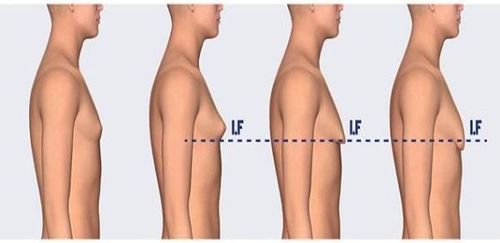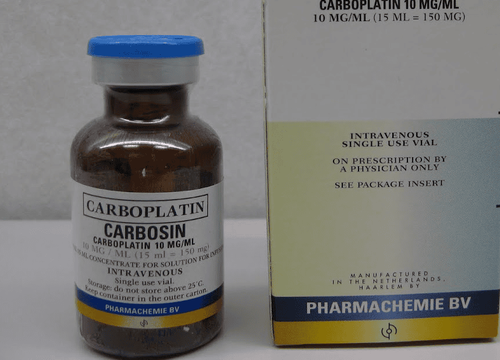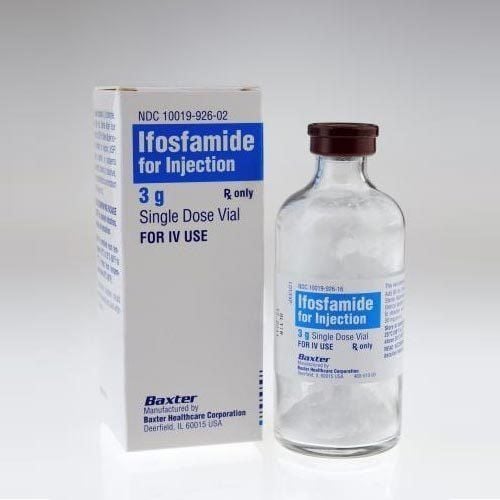This is an automatically translated article.
Posted by Specialist II Phung Thi Phuong Chi - Oncologist - Oncology Center - Vinmec Central Park International General Hospital
Gynecomastia, also known as gynecomastia in men. The disease is not only difficult to detect, but also takes a long time in the treatment process.
1. Definition of gynaecomastia
Gynecomastia is a condition in which the male mammary glands grow large, this is also a benign phenomenon, usually due to an imbalance between 2 hormones: Decrease in Testosterone and increase in Estrogen. This is not the usual increase in fat in the mammary gland, commonly known as pseudo-gynecomastia, but a growth of mammary tissue. Therefore, losing weight or exercising will not reduce gynecomastia.
This phenomenon sometimes occurs when the ratio of Estrogen is high compared to Testosterone. About half of young people and two-thirds of adults >50 will have this phenomenon, peaking at age 50-69. By the age of 14, up to 60% of boys have gynecomastia, which usually subsides after about 1-2 years.
Trắc nghiệm: Những lầm tưởng và sự thật về ung thư vú
Ung thư vú có tỷ lệ tử vong cao nhất ở nữ giới khiến họ rất lo sợ bản thân mắc phải căn bệnh này. Tuy nhiên, không ít chị em có những hiểu biết thái quá về ung thư vú. Thử sức cùng bài trắc nghiệm sau sẽ giúp bạn loại bỏ được những nghi ngờ không đúng về căn bệnh này.
Bài dịch từ: webmd.com
2. Causes of gynecomastia
Many reviews show that, there are cases of gynecomastia with no specific cause, several factors can trigger this hormone imbalance. Besides, body changes during puberty and growing age also cause gynecomastia. These changes include:
Damage or disease affecting the testicles, where testosterone is produced Thyroid dysfunction due to thyroid hormones that affect body development and sex Obesity, because fat synthesizes and produces more estrogen Drugs for heart disease, cancer, depression or stomach ulcers... Kidney failure Liver disease: liver failure, cirrhosis Alcohol Klinefelter's syndrome About 10-20% of cases are caused by drug factor, 25% of cases do not know the reason. Some cases of gynecomastia after treatment for certain malignancies such as estrogen treatment for prostate cancer Infants may also be included in the subject of gynecomastia, due to underlying reasons. may still have the mother's female hormones

3. Symptoms and diagnosis of gynecomastia
The first symptom may be a lump of fat under the nipple, sometimes this mass causes pain. This symptom can make you fear breast cancer, the breast is swollen and larger than the other side.
In addition to the exam, you may need some blood and urine tests to check hormone levels, mammograms, ultrasound, MRI or CT, and biopsies
4. Treatment of gynecomastia
You will first be examined by an endocrinologist, if you are in puberty, gynecomastia usually resolves on its own after a period of 6 months to 3 years. If the cause is a hormonal imbalance, you need to treat the root cause.
Medications to treat endocrine disorders such as: Estrogen inhibitors such as Tamoxifen, AI. Testosterone replacement in older men when testosterone levels are low
In some cases you may need surgery to remove fatty tissue or the entire breast. After surgery, the mammary gland will be bruised and swollen, you will have a compression bandage on the chest wall of the surgical area for 2 weeks, on average it takes about 6 weeks to return to normal activities. Postoperative complications are rare, including inadequate removal of mammary gland tissue, decreased nipple sensation, and postoperative hematoma, requiring postoperative drainage.
Many research results also show that people with gynecomastia can cause increased anxiety, depression, decreased self-confidence, eating disorders, especially in pubertal children.
Besides, you also need to note, when you have one of the following symptoms, you need to see a doctor for advice.:
Edema Pain or tightness Nipple discharge
5. The risks of gynecomastia
Some studies show a high rate of testicular cancer in men with a history of prior gynecomastia. Skin cancer and esophageal cancer are also more common in men with gynecomastia.
The risk of gynecomastia and cancer can also occur in men with high estrogen levels. Men with Klinefelter syndrome, which leads to premature testicular failure after puberty, have a 10-fold increased risk of breast cancer compared with normal men. Breast cancer has also been found in transgender men taking high doses of estrogen.

Therefore, when the body shows signs of gynaecomastia, patients should go to medical facilities to be examined by a doctor and have timely intervention. Avoiding for a long time the disease can develop complicatedly, making it difficult to treat.
Vinmec International General Hospital is famous for its team of highly qualified doctors from many major hospitals across the country, modern and advanced medical facilities and equipment to bring the best in the treatment process. diagnosis and treatment.
For men who have problems with breast gynaecomastia or increase or decrease in Testosterone... can go to the hospital to be checked by a doctor and coordinate with specialists to give the best treatment. for the patient. The right treatment always brings good results and shortens the hospital stay.
Please dial HOTLINE for more information or register for an appointment HERE. Download MyVinmec app to make appointments faster and to manage your bookings easily.
References:
https://www.mayoclinic.org/diseases-conditions/gynecomastia/symptoms-causes/syc-20351793 https://www.hopkinsmedicine.org/health/conditions-and-diseases/gynecomastia https://www.hopkinsmedicine.org/health/conditions-and-diseases/gynecomastia http://www.cancer.gov/news-events/press-releases/2014/breastcancermalepoolingstudy https://www.ncbi.nlm.nih.gov/pmc/articles/PMC2276281/













